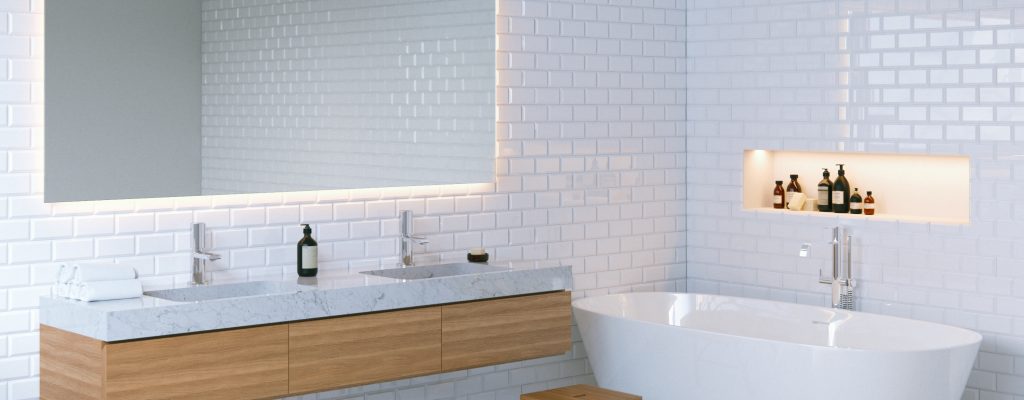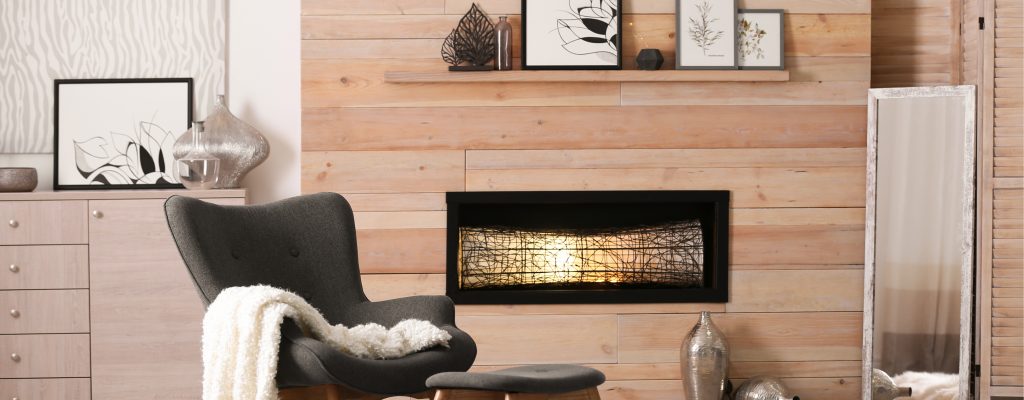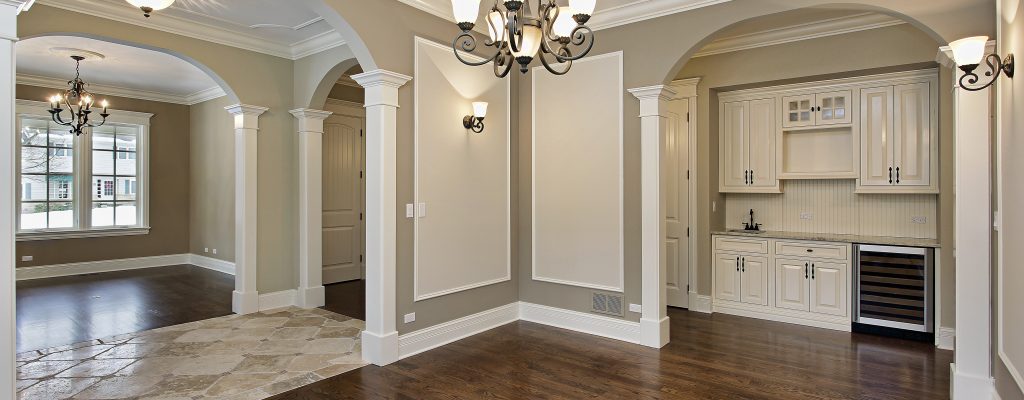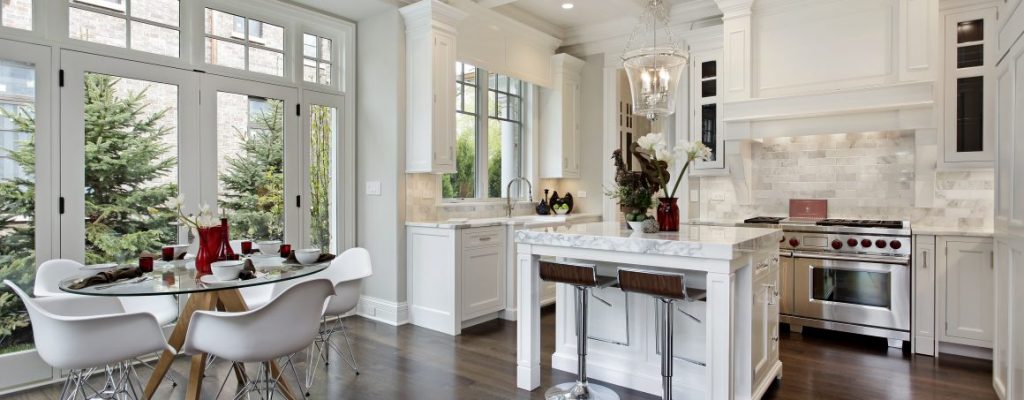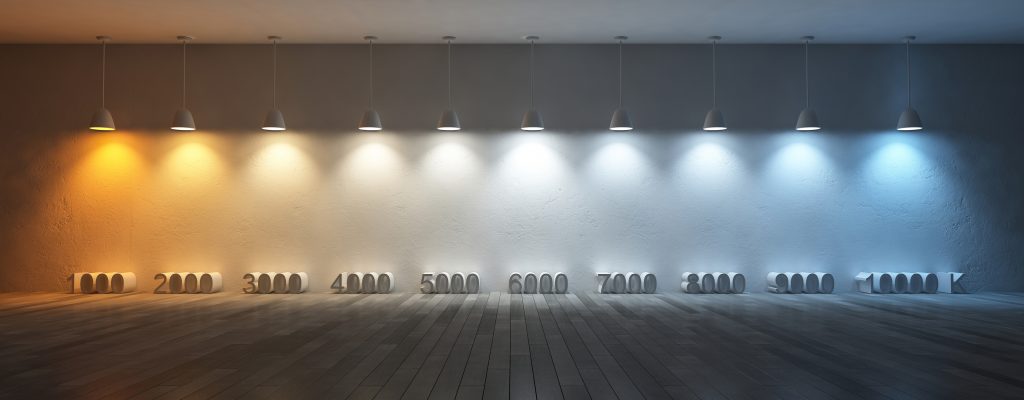When fairy godmothers and magic wands are lacking, you can still treat yourself to a dramatic transformation each day, if your bathroom is a magical space. Of course, many details work together to create the perfect space, but one of the best ways to start is to make sure you get two essential elements working together… lights and mirrors.
This is where the beloved illuminated
mirror comes into play.
With clean lines, stylish designs,
and unmatched light quality, mirrors with built-in lights create sophisticated statement
pieces for modern bathrooms. They have an unusual ability to help you transform
yourself and your space at the same time.

At Lit Living, we’ve been drooling
over these mirrors for a while now, but most people still haven’t heard of
them! So with that said, here are four ways that an LED illuminated mirror
create a little bit of magic in your bathroom.
LED
Illuminated Mirrors
1. They Amplify Your Style
LED mirrors come in many different
sizes to suit many needs, including those short or boxy bathrooms. They add a
sense of drama and sophistication to a room, and they showcase the wall behind
the mirror. Adding some kind of feature on the mirror wall now has DOUBLE the
impact, whether it’s a cool backsplash or an accent wall color.

2. They Add Atmospheric Lighting
LED illuminated mirrors provide an
even tone of light and a glow throughout the room. Many of them even have an
adjustable color temperature between warm white, natural white, and cool white.
Whatever you’re feeling, these mirrors have a mood lighting to match.
3. They Maximize Your Bathroom Tasks
for a Better Look
Whatever your morning routine looks
like, an LED mirror is sure to make it easier. Focused mirror lighting gives
you a clearer view of your face, improving make-up application and anything
else. I promise I’m addressing the men here, too—the extra light also helps
with shaving, since you can more easily see any spots you may have missed.
4. They Magically Defog Themselves
As if this couldn’t get any better,
some of our favorite LED mirrors now come equipped with a defogger in them. What
could be better than getting out of a hot steaming shower to a totally clear
mirror? Enjoy that steamy goodness while you move on with your necessary tasks.
Ready to take a look for yourself? In addition to all of the perks listed above, they offer even MORE great features, such as:
- Touch Control Technology
- Waterproof Grade
- Built in night light
- ETL Certification
- 3 year warranty
Visit us here.
